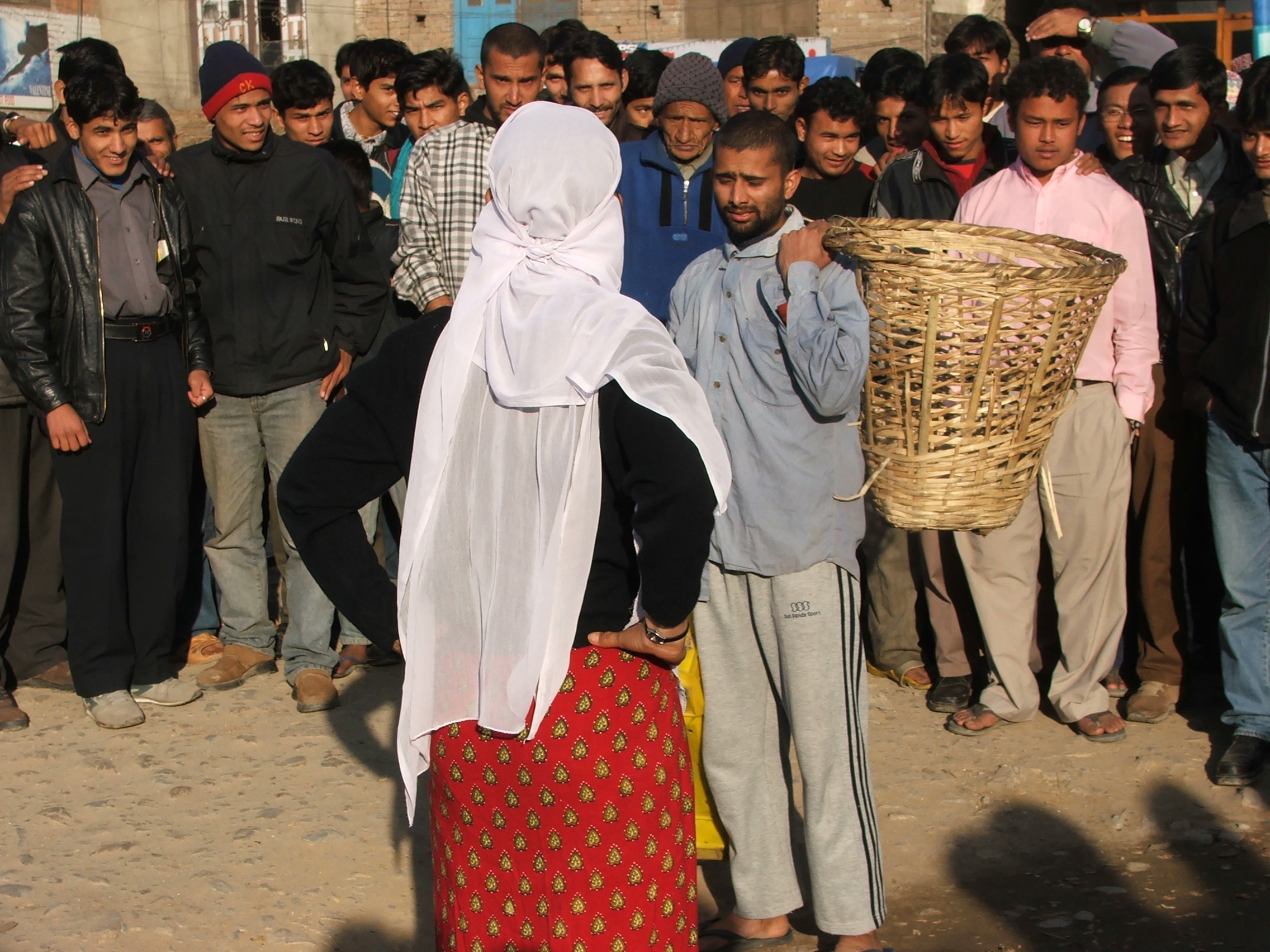‘Dramas of Development’: Theatre for Development or the Development of Theatre?’ (2007)

Abstract. This paper provides an ethnographic analysis of the relationship between theatre groups and donors/theatre groups and audiences that moves away from the rational planning/social engineering vs domination/resistance frameworks to highlight what happens at the interface of the development encounter. It also considers the impact of foreign funding on Nepali theatre at large. The issues that I raise refer to urban professional/semi-professional actors’ representations and experiences of doing social theatre.
I will start by describing how development entered the theatrical world in Nepal and the general connections between three key stakeholders: donors, theatre groups and government institutions. Unlike in certain African countries, where theatre for development projects started from university drama groups, in Nepal artistic theatre and development theatre are closely linked and professional artists play key roles in defining and managing projects involving theatre in development. I will then move on into the specifics to explore some practical crux in the relationship between theatre groups and donors: evaluation and follow up of the theatrical activities. The fourth section will illustrate how actors’ multi-faceted identities may affect their involvement in social theatre. ‘Theatre for social change’ in fact, is not only the product of technical competence. Motivation plays a crucial role, and this issue will be raised at the end as a challenge to all stakeholders. This paper represents a view from the centre, from Kathmandu, as well as an actors’ perspective. The organization, practices and problems of the theatre groups based outside the capital differ from those outlined here.
